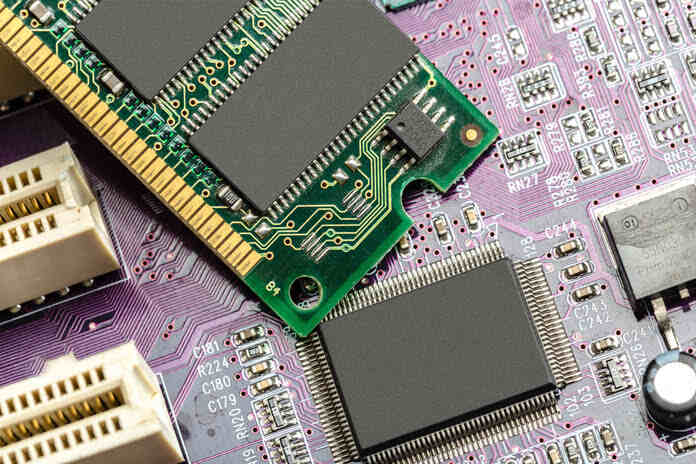Over the past year, chip stocks, particularly those of Nvidia (NASDAQ:NVDA) and Advanced Micro Devices (NASDAQ:AMD), have witnessed remarkable growth fueled by investor enthusiasm for the artificial intelligence (AI) trend. Both companies specialize in manufacturing chips essential for powering data centers across various AI platforms. While Nvidia experienced a staggering 300% surge in 2023, AMD’s stock gained a notable 127.6% during the same period.
Despite these impressive numbers, a recent analyst note raises concerns about the vulnerability of NVDA as the AI hype cycle heads towards the “trough of disillusionment” phase. With major tech players experiencing a downturn at the start of the new year, it’s crucial to analyze which semiconductor stock holds more upside potential for investors.
The Bull Case for NVDA Stock
Nvidia appears well-positioned to capitalize on the widespread adoption of generative AI in the coming decade. In the fiscal third quarter of 2024 (ending in October), the company reported sales of $18.1 billion, marking a remarkable 206% year-over-year increase, primarily driven by the data center segment. Analysts anticipate a sales growth of 118.4% to $59 billion in fiscal 2024 and a further 56.5% increase to $92.3 billion in fiscal 2025.
Despite its significant market presence, Nvidia is expected to achieve an annual growth rate of 102.5% in adjusted earnings per share over the next five years. With a forward earnings multiple of 24.2 times, NVDA stock is deemed reasonably priced considering its robust growth projections. Market research firm Gartner predicts a surge in AI chip sales to $67 billion in 2024, with Nvidia holding an almost 80% market share in this sector, potentially generating $54 billion in revenue over the next 12 months. Analyst sentiment is overwhelmingly positive, with 30 out of 35 analysts recommending a “strong buy,” three suggesting a “moderate buy,” and two advising a “hold.” The average target price for NVDA is $653, implying a 37% upside potential from current levels.
The Bull Case for AMD Stock
With a market cap of $221.7 billion, AMD has been one of the standout performers in the tech sector, soaring 3,710% since January 2014. CEO Lisa Su foresees substantial growth in the data center AI chip vertical, projecting an increase from $45 billion in 2023 to a staggering $400 billion in 2027. This outlook positions AMD for significant top-line growth over the next four years.
Apart from AI, AMD stands to benefit from expansion in legacy businesses, including graphics and enterprise processors. Despite grappling with challenges such as slowing PC sales, increased costs, higher interest rates, and reduced enterprise spending, AMD’s sales are forecast to decline by 4% to $22.65 billion in 2023. However, a turnaround is expected in 2024, with revenue projected to rise by 16.6% to $26.4 billion.
In terms of adjusted earnings per share, AMD is predicted to grow from $2.65 in 2023 to $3.73 in 2024. Despite trading at a higher multiple of 39.5 times forward earnings compared to NVDA, AMD’s growth rate is slower. Analyst coverage is positive, with 23 out of 29 analysts recommending a “strong buy,” one suggesting a “moderate buy,” and five advising a “hold.” However, the average target price for AMD is $135.07, slightly below the current stock levels, indicating that Wall Street sees more potential upside for NVDA relative to AMD in the next year.
Featured Image: Freepik















